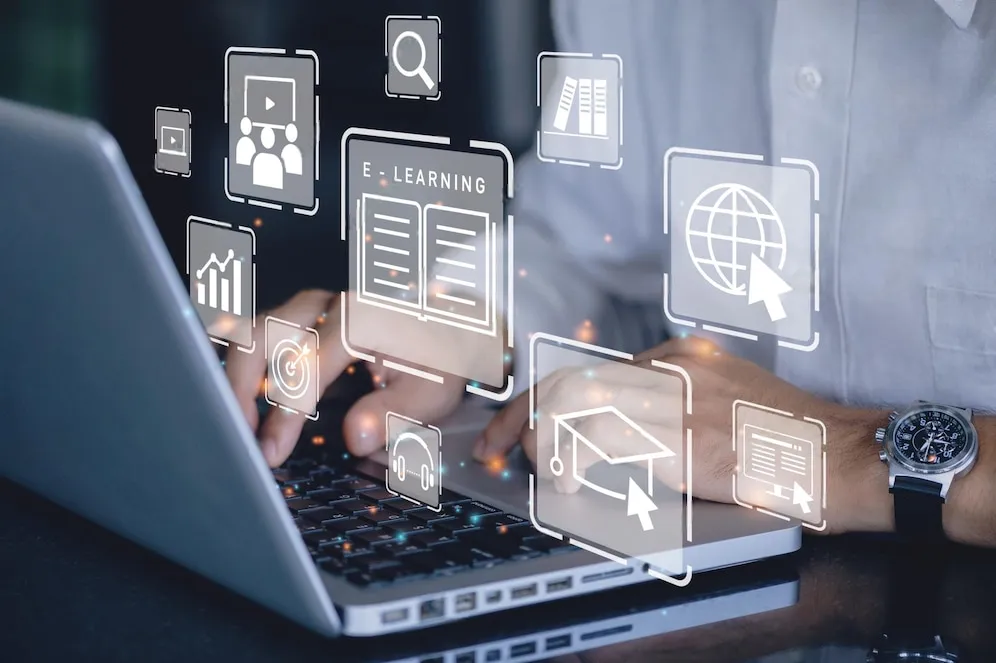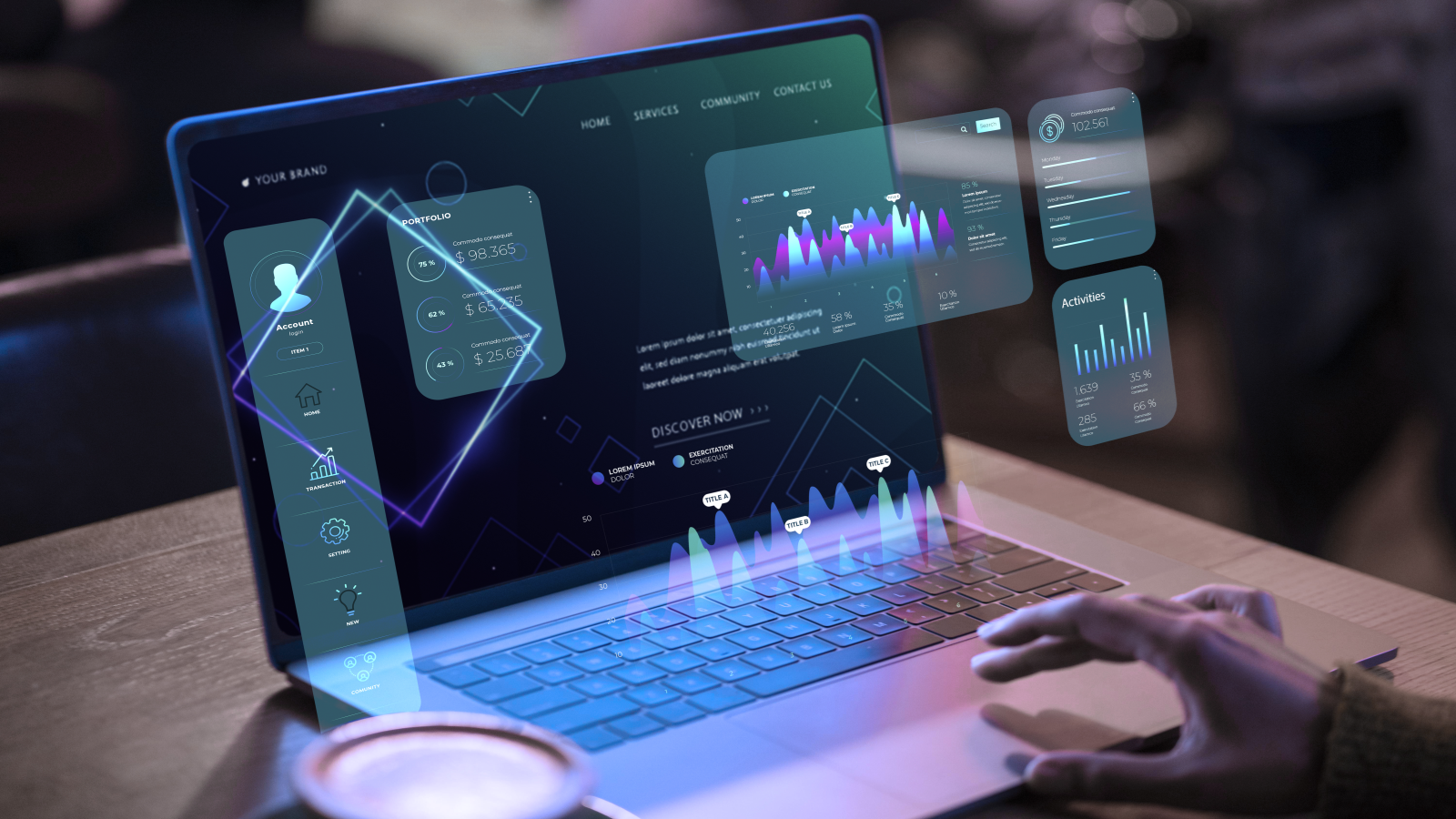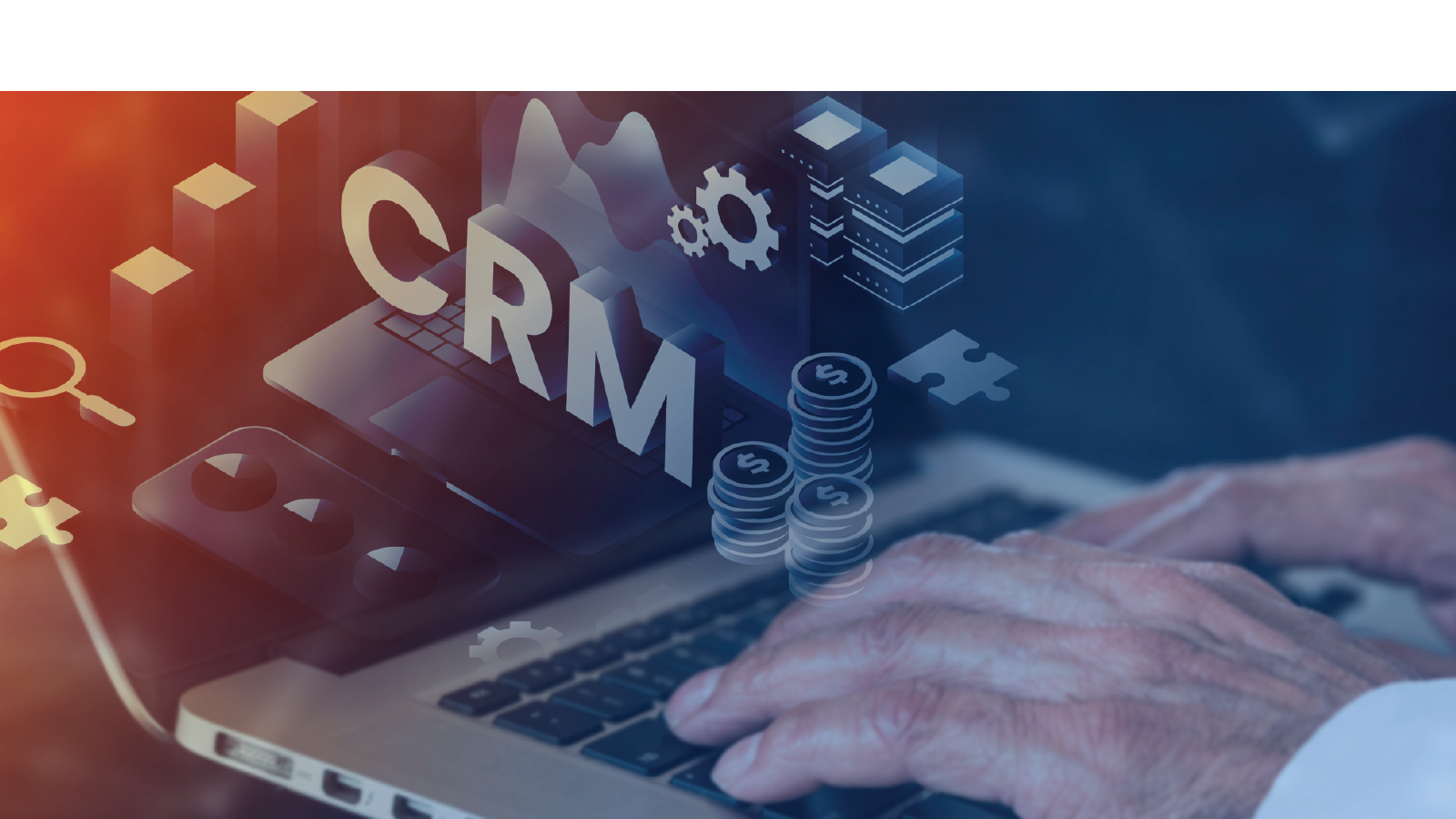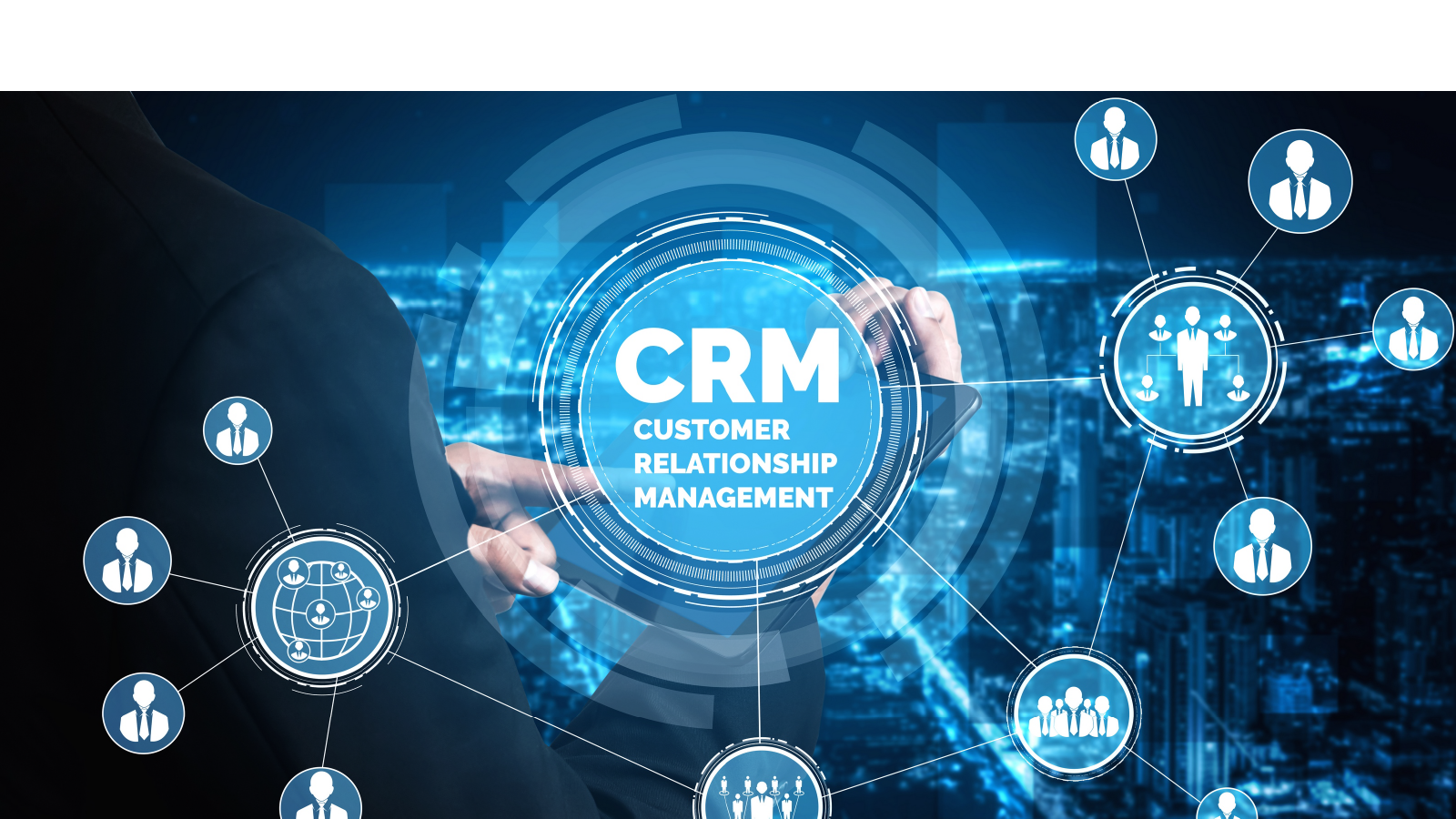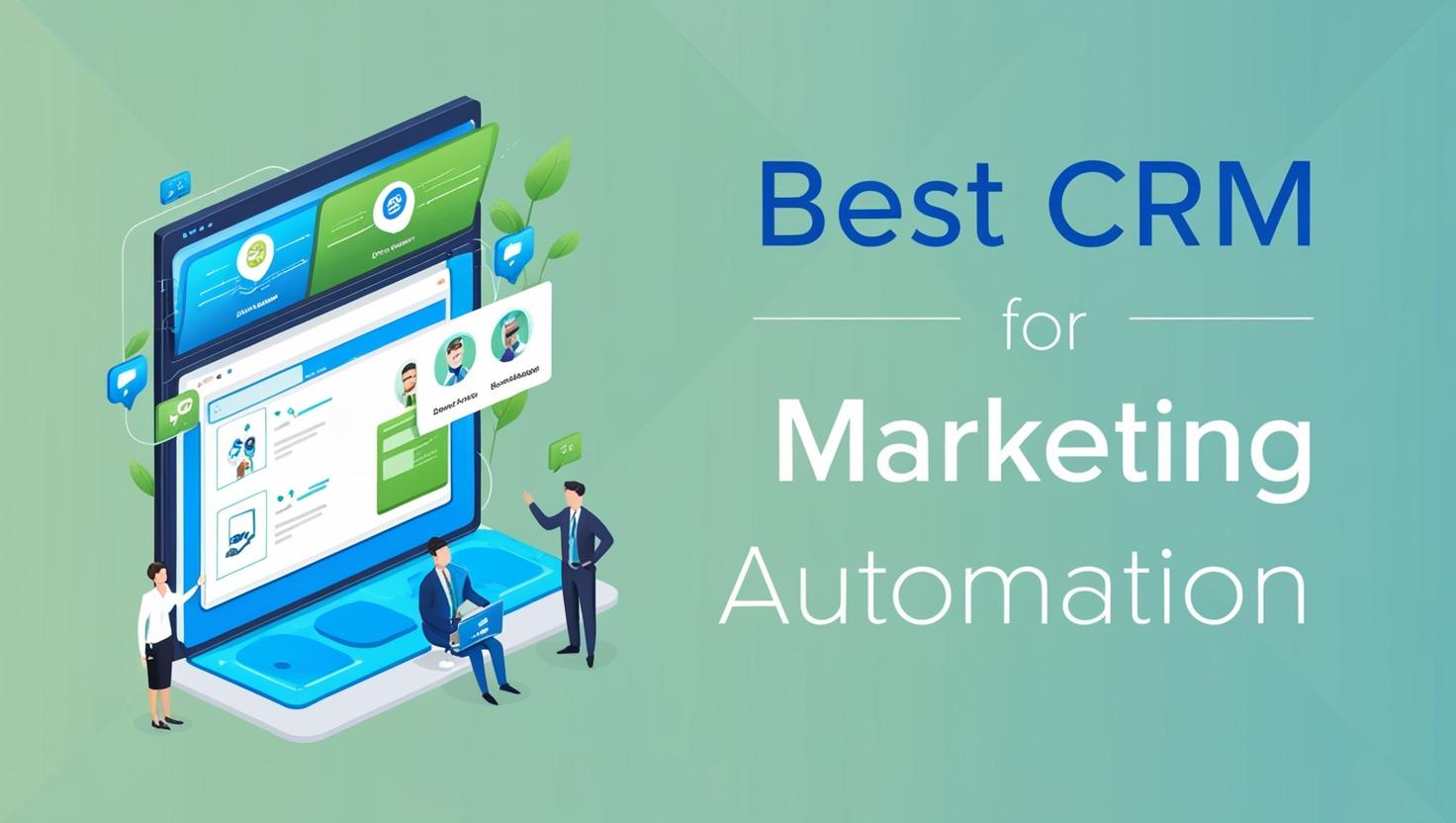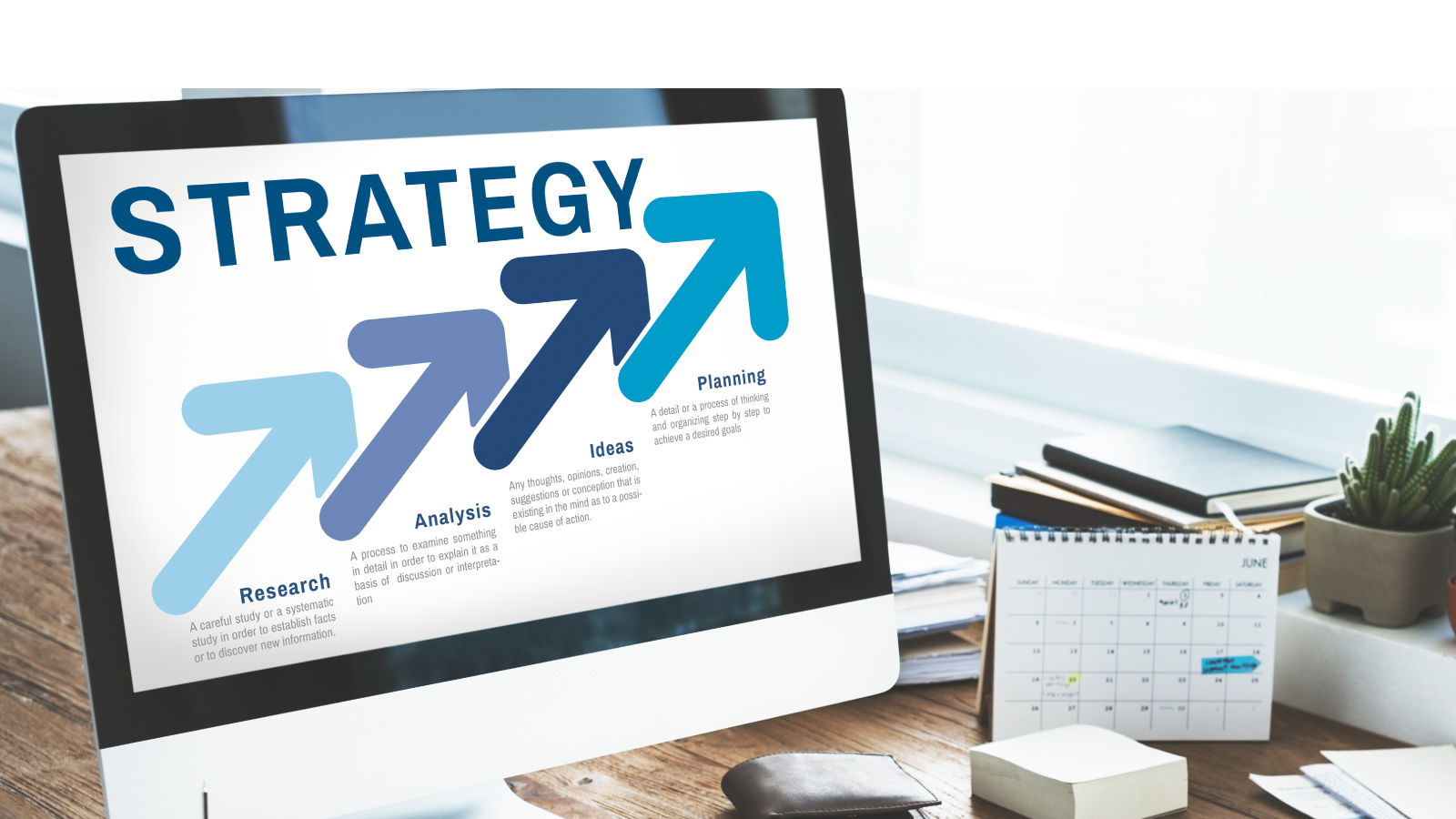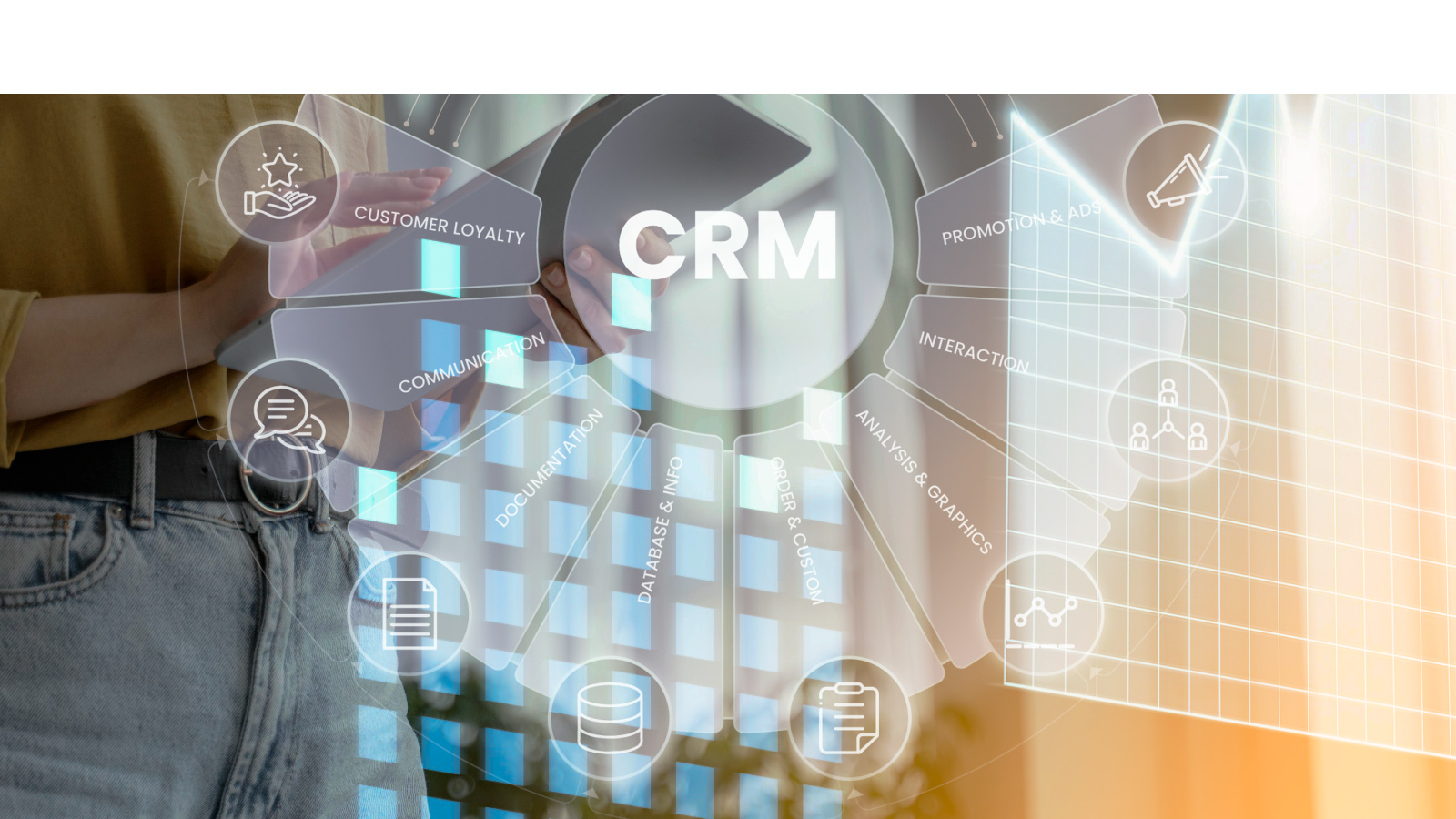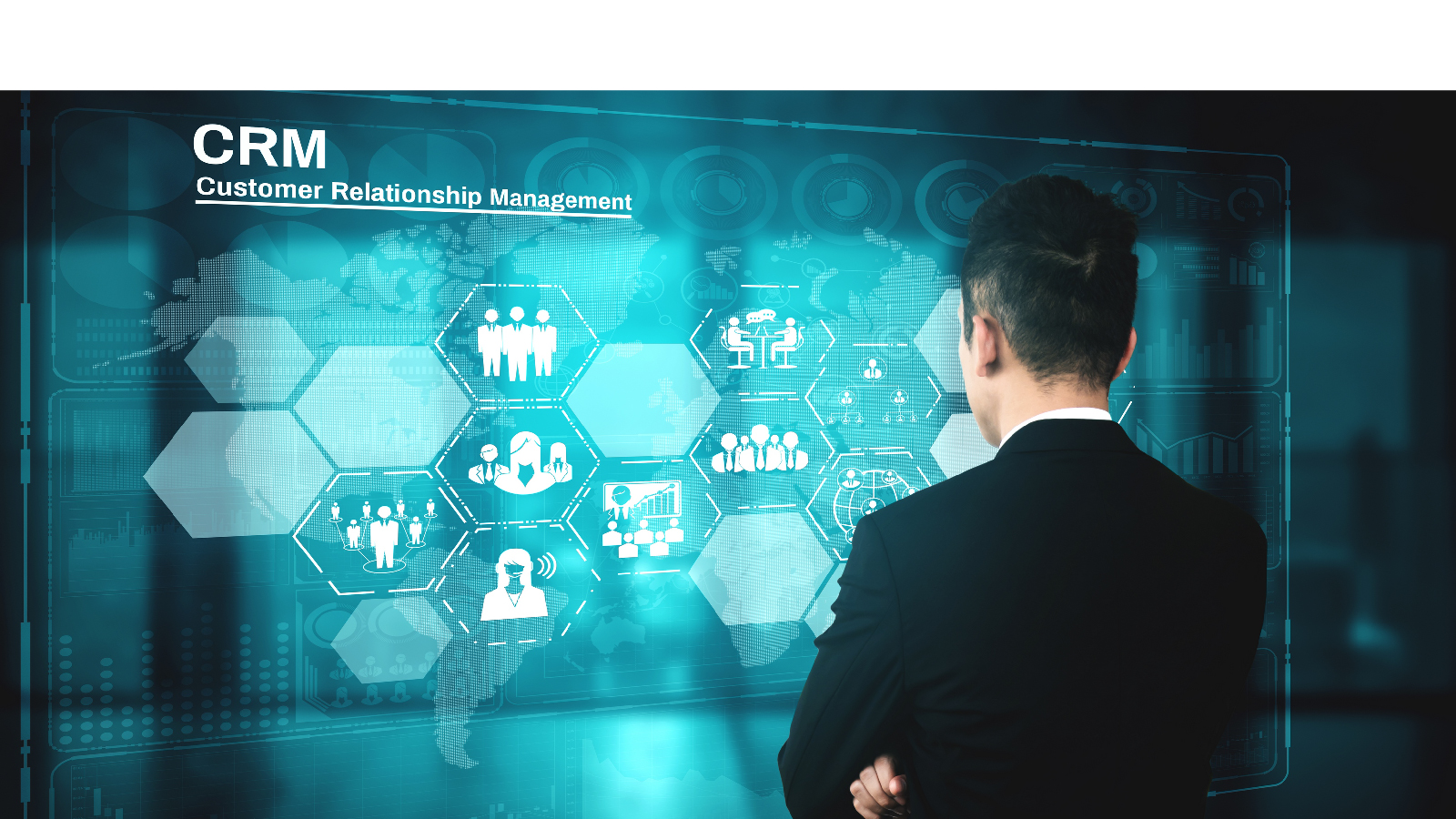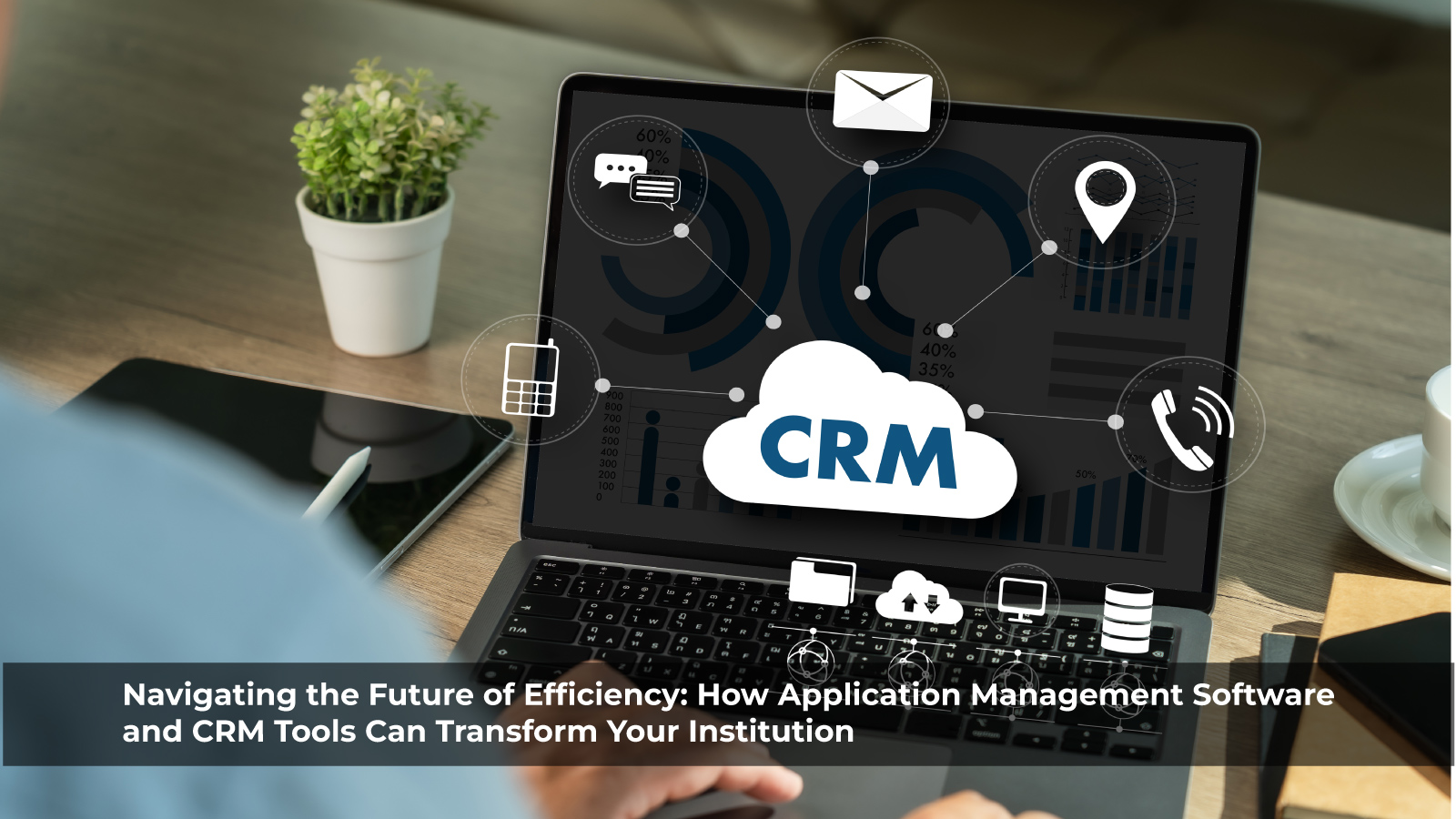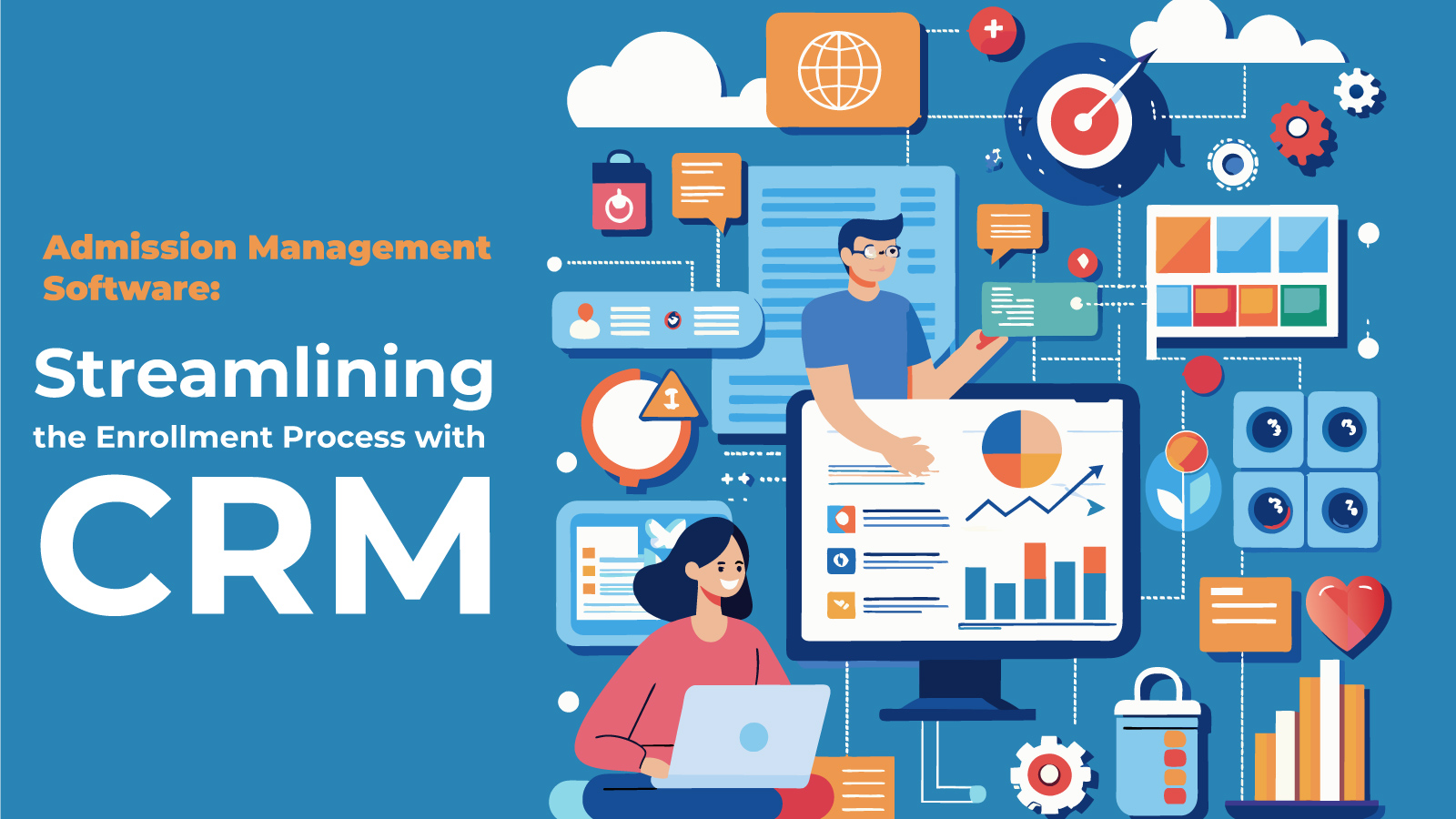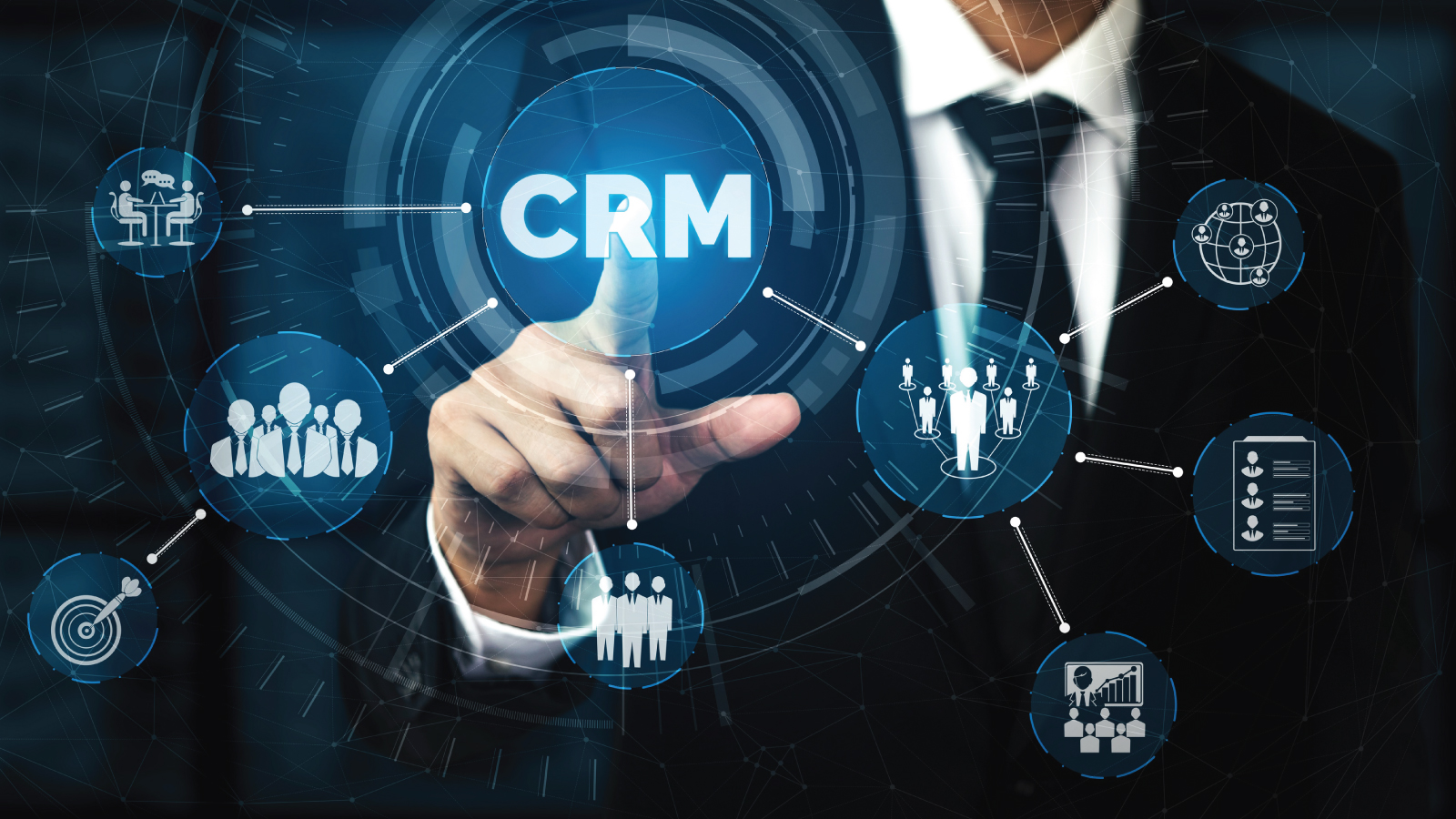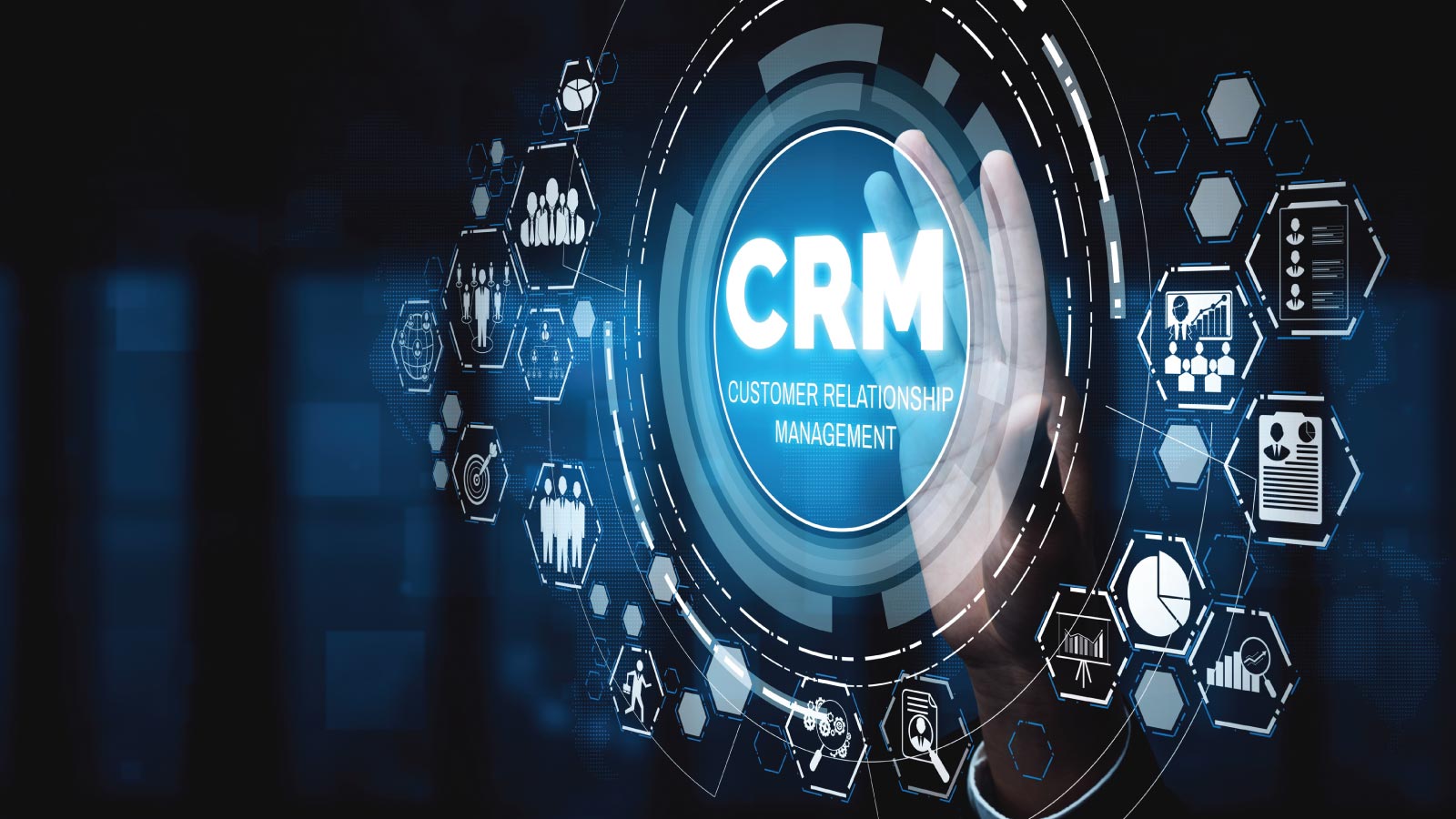A Step-by-step Guide for CIOs Modernising Higher Education Systems
Higher education institutions face unprecedented challenges in today’s rapidly evolving digital landscape. They must keep pace with technological advancements while delivering an exceptional educational experience. This necessitates modernising their systems and processes to meet the growing demands of students, faculty, and staff. CIOs play a crucial role in this transformation, and the right tools, such as Headstart CRM, can help them navigate this complex journey successfully. In this blog post, we will outline a step-by-step guide for CIOs as they embark on modernising higher education systems, with a special focus on leveraging Headstart CRM.
- Assessing the Current Landscape: The first step is to comprehensively assess the existing systems, processes, and infrastructure. CIOs should collaborate with various stakeholders to gain a holistic understanding of the pain points, inefficiencies, and opportunities for improvement. Headstart CRM can aid this assessment by providing valuable insights into student recruitment, admissions, enrollment, and engagement processes.
- Defining the Vision: Once the assessment is complete, CIOs should define a clear vision and strategic goals for modernisation. This involves identifying key objectives such as enhancing the student experience, streamlining administrative tasks, improving data analytics capabilities, and fostering collaboration among departments. With its robust features and customization options, Headstart CRM can align with these goals and enable CIOs to build a transformative roadmap.
- Engaging Stakeholders: CIOs should proactively engage with academic leaders, faculty, administrative staff, and students to understand their needs and priorities. Headstart CRM’s user-friendly interface and accessibility can encourage adoption among stakeholders, making it easier to gather feedback and drive acceptance.
- Prioritising Areas for Transformation: CIOs should prioritise specific areas for transformation based on the institution’s strategic goals and pain points identified during the assessment phase. These areas may include student recruitment, admissions, financial aid, curriculum management, alumni engagement, and more. Headstart CRM offers tailored solutions for these areas, enabling CIOs to address them systematically and efficiently.
- Developing an Implementation Plan: With prioritised areas identified, CIOs can create a detailed implementation plan that outlines timelines, resource allocation, and milestones. Headstart CRM’s comprehensive suite of modules, including admissions management, student engagement, fundraising, and analytics, provides the necessary tools for seamless execution. CIOs should also consider integration capabilities
- Training and Change Management: CIOs should develop a training programme that empowers staff and end-users to maximise the benefits of Headstart CRM. Regular communication, workshops, and support materials can foster a culture of adoption and continuous improvement. Additionally, CIOs should establish feedback mechanisms to address concerns and monitor the impact of the modernization effort.
- Continuous Evaluation and Enhancement: Once the modernisation initiative is underway, it is crucial to continually evaluate its effectiveness and make necessary adjustments. CIOs should regularly measure key performance indicators (KPIs) related to student outcomes, operational efficiency, and user satisfaction. Headstart CRM’s robust analytics capabilities can provide real-time insights to support data-driven decision- making and drive continuous enhancement.
As higher education institutions strive to stay competitive and deliver an exceptional student experience, CIOs are pivotal in driving modernization efforts. CIOs can navigate the complexities by following a step-by-step guide and leveraging tools like Headstart CRM.


Let's Start
Contact UsWe empower education institutions with a comprehensive enrollment and student relationship management platform. With our expertise and experience in education and technology, we revolutionise operations and provide the necessary tools to thrive in a dynamic landscape.




